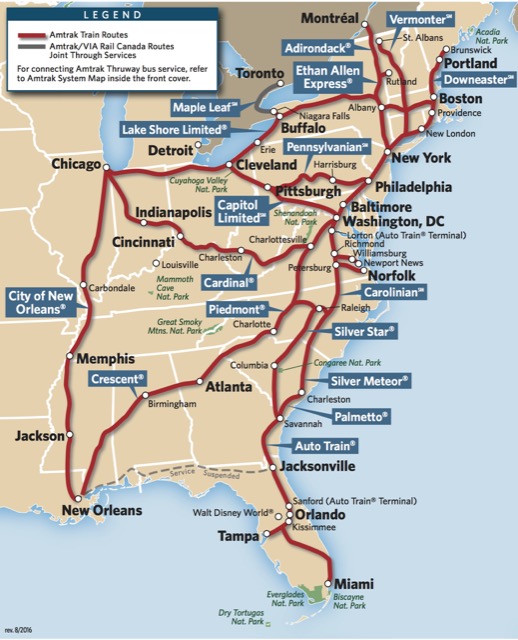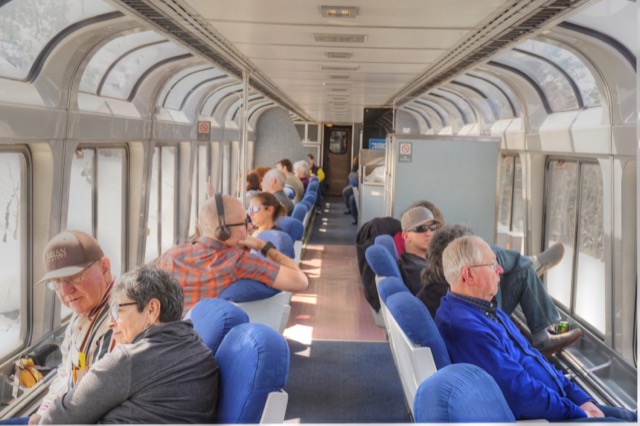Tomorrow, the Antiplanner will fly to Atlanta, the city that spent $23 million to finish a pedestrian bridge in time for the Super Bowl only to have officials declare it a security risk and close it to pedestrians before the game. That’s an appropriate metaphor for a city that spent billions on rail transit but cut back on bus service, resulting in a 66 percent decline in per capita transit ridership.
In any case, on Wednesday Thursday I’ll be speaking about Romance of the Rails twice. First will be a luncheon sponsored by the Georgia Public Policy Foundation beginning at 11:30 am at the Metropolitan Club in Alpharetta. The deadline to register for this event is today.
Second will be an evening event sponsored by the Franklin Roundtable from 7 to 9 pm at 799 Roswell Street, Marietta. No registration is required for this event. If you are in the Atlanta area, I hope to see you at one of these forums.









